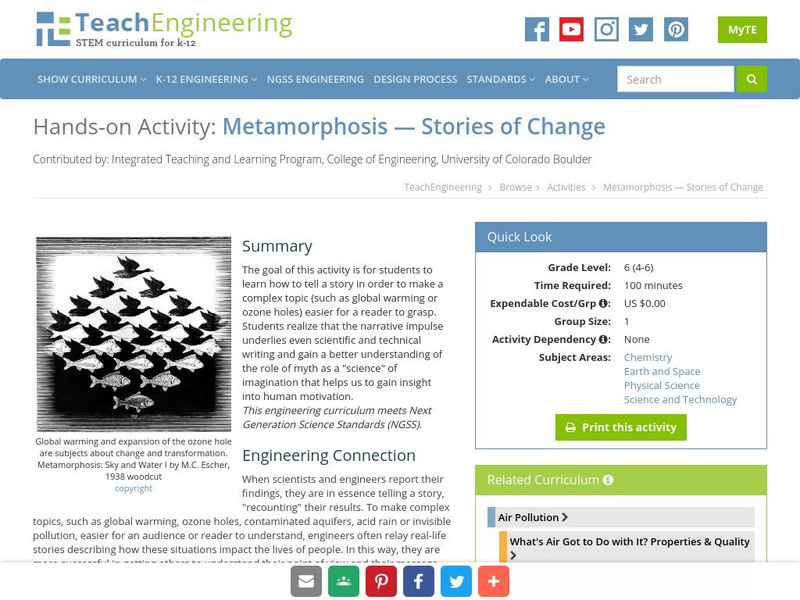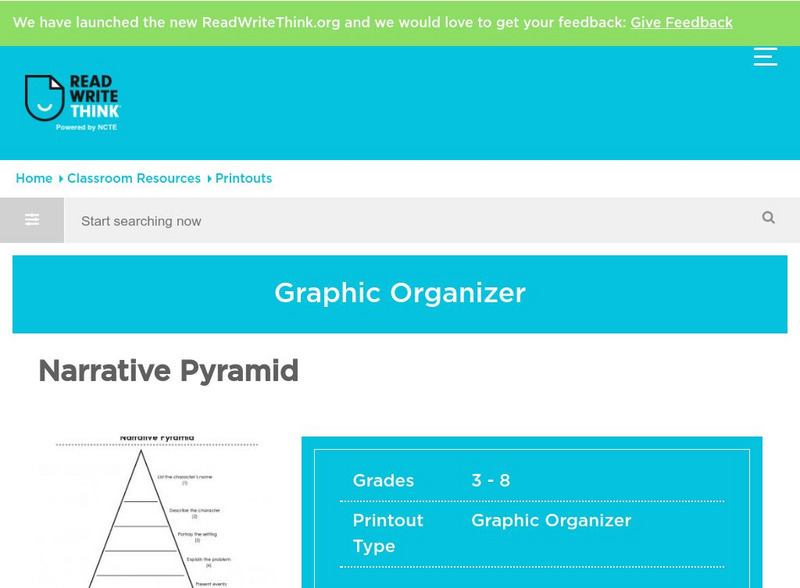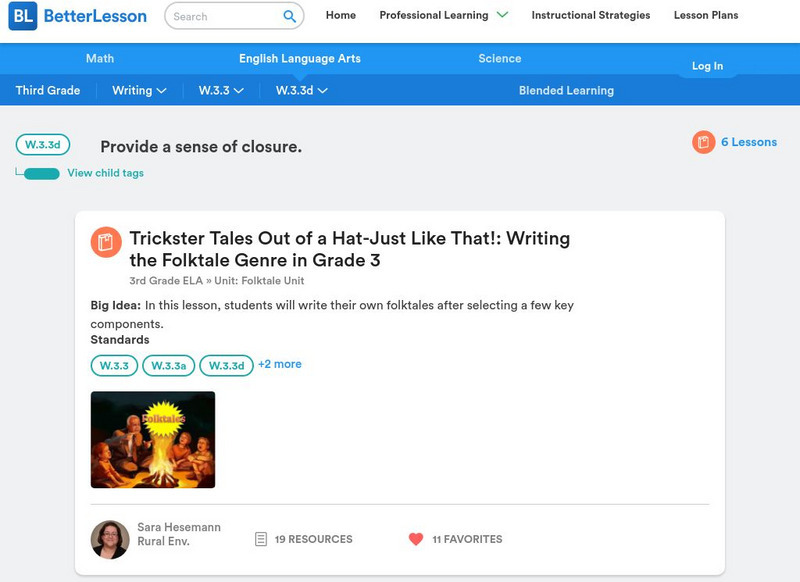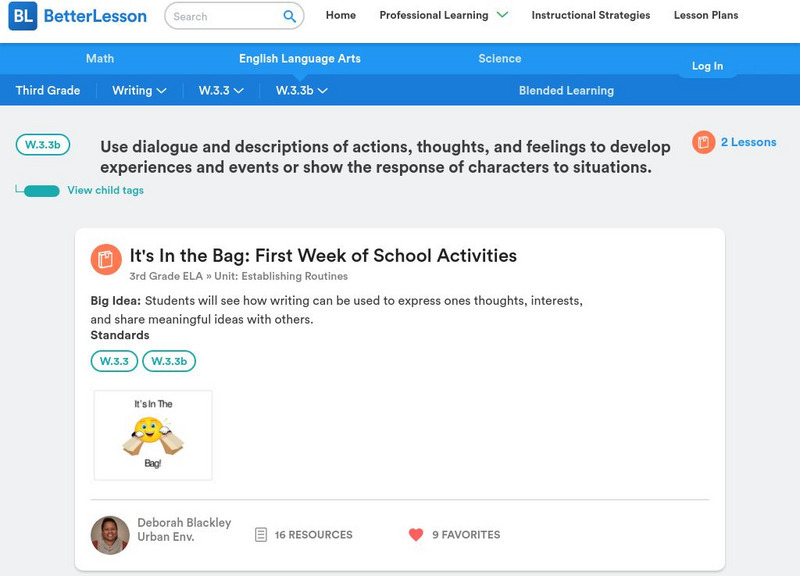Better Lesson
Better Lesson: W.3.3: Write Narratives to Develop Real or Imagined Experiences
Links to 47 lessons and activities that build student skills in standard W.3.3: Write Narratives to develop real or imagined experiences or events using effective technique, descriptive details, and clear event sequences.
Better Lesson
Better Lesson: Tie It Up With Transition Words to Write a Story!
Read, write, and present a digital narrative with transition words to help us put the events in order! After modeling the lesson, groups of students will write narratives to recount a short sequence of events, they will include details...
TeachEngineering
Teach Engineering: Metamorphosis Stories of Change
The goal of this activity is for students to learn how to tell a story in order to make a complex topic (such as global warming or ozone holes) easier for a reader to grasp. Students realize that the narrative impulse underlies even...
Can Teach
Can Teach: Word by Word a Story Game
For grades 1 to 3, this game has students write a story by focusing on the word choice.
ReadWriteThink
Read Write Think: Narrative Pyramid
A printable narrative pyramid where students can record information about a story including the character, setting, problem, main events, and solution. Directions on how to use this type of graphic organize as well as lists of teaching...
New Zealand Ministry of Education
Nz Ministry of Education: Fools and Tricksters in Literature
There are many trickster folk tales in folklore and in modern literature; they are found in every culture. They often use an animal that represents the underdog, which uses skill and cunning to outwit a superior. These stories have been...
Austin Independent School District
Austin Independent School District: Children's Book Titles to Teach Traits [Pdf]
A list of children's book titles and authors that offer good examples for students to follow when learning to write both narrative and expository texts. Being arranged according to the six traits of good writing makes it easy to find the...
Better Lesson
Better Lesson: W.3.3d: Provide a Sense of Closure
Links to 6 lessons and activities that build student skills in standard W.3.3d: Provide a sense of closure.
Better Lesson
Better Lesson: W.3.3.b: Use Dialogue and Descriptions of Actions
Links to 2 lessons and activities that build student skills in standard W.3.3.b: Write Narratives to develop real or imagined experiences or events using effective technique, descriptive details, and clear event sequences.







